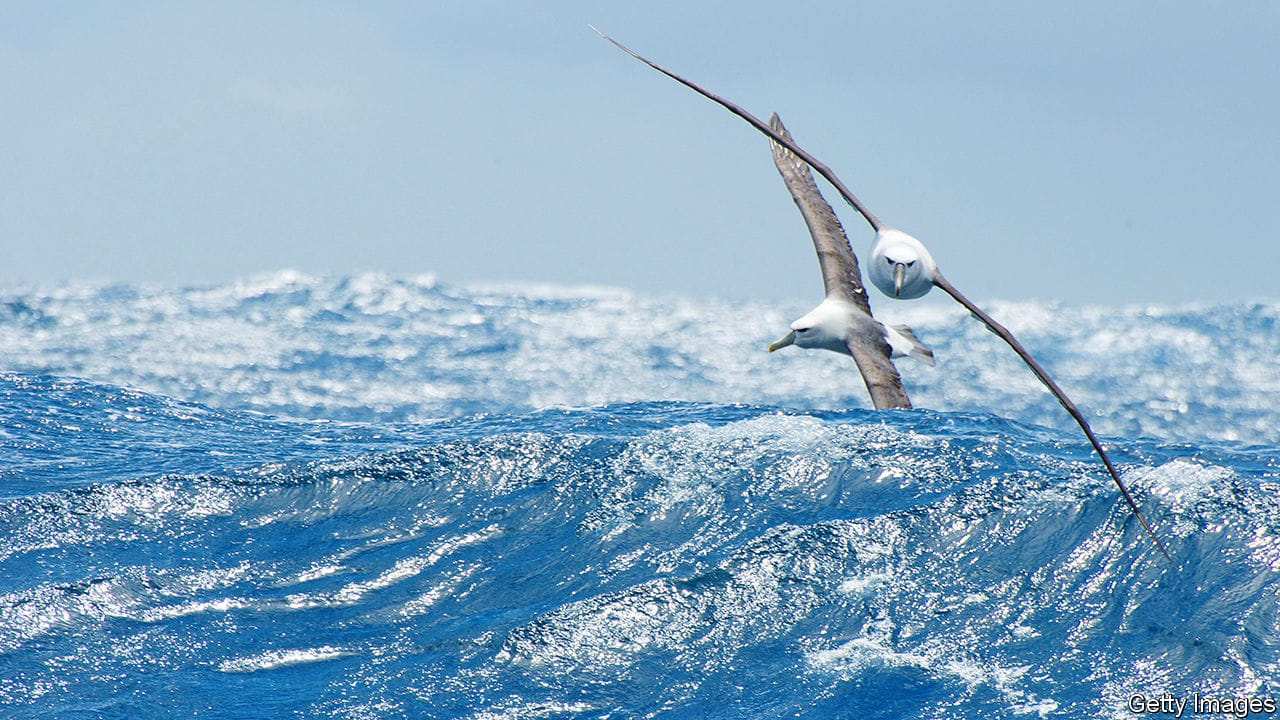- by
- 01 30, 2025
-

-
-
Loading

Loading

to a customer in the family bicycle shop in Dayton, Ohio, Wilbur Wright was idly twisting a piece of cardboard that had once contained an inner tube, when he came up with an idea. The “semi-rigid” way in which the cardboard could be deformed yet still retain its stiffness might, he considered, provide an answer to a little problem he was working on with his brother Orville: how to design a wing for a heavier-than-air flying machine. The Wright brothers knew, from ornithological observations, that if a wing on one side of a bird’s body meets the oncoming flow of air at a greater angle than the opposite wing does, then that wing will rise. An aircraft wing which could be made to twist like this would help a pilot bank and turn. Using mechanical gears and levers to rotate an entire fully-rigid wing to do that would make the plane too heavy. A semi-rigid wing, however, could be warped into different angles using a lightweight series of wires and pulleys. Which is how, on December 17th 1903, the brothers achieved the first controlled and sustained flight of a powered aircraft.